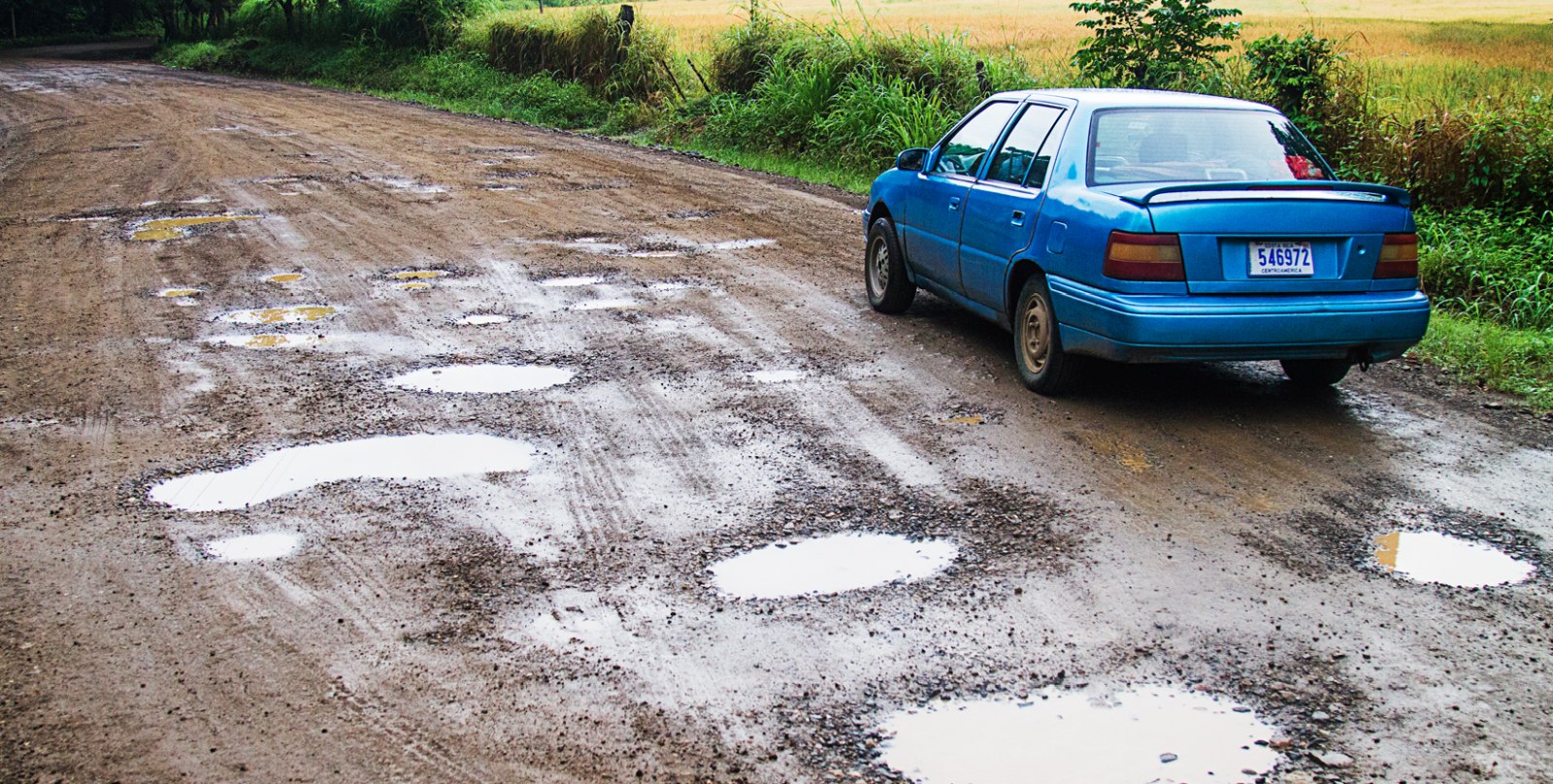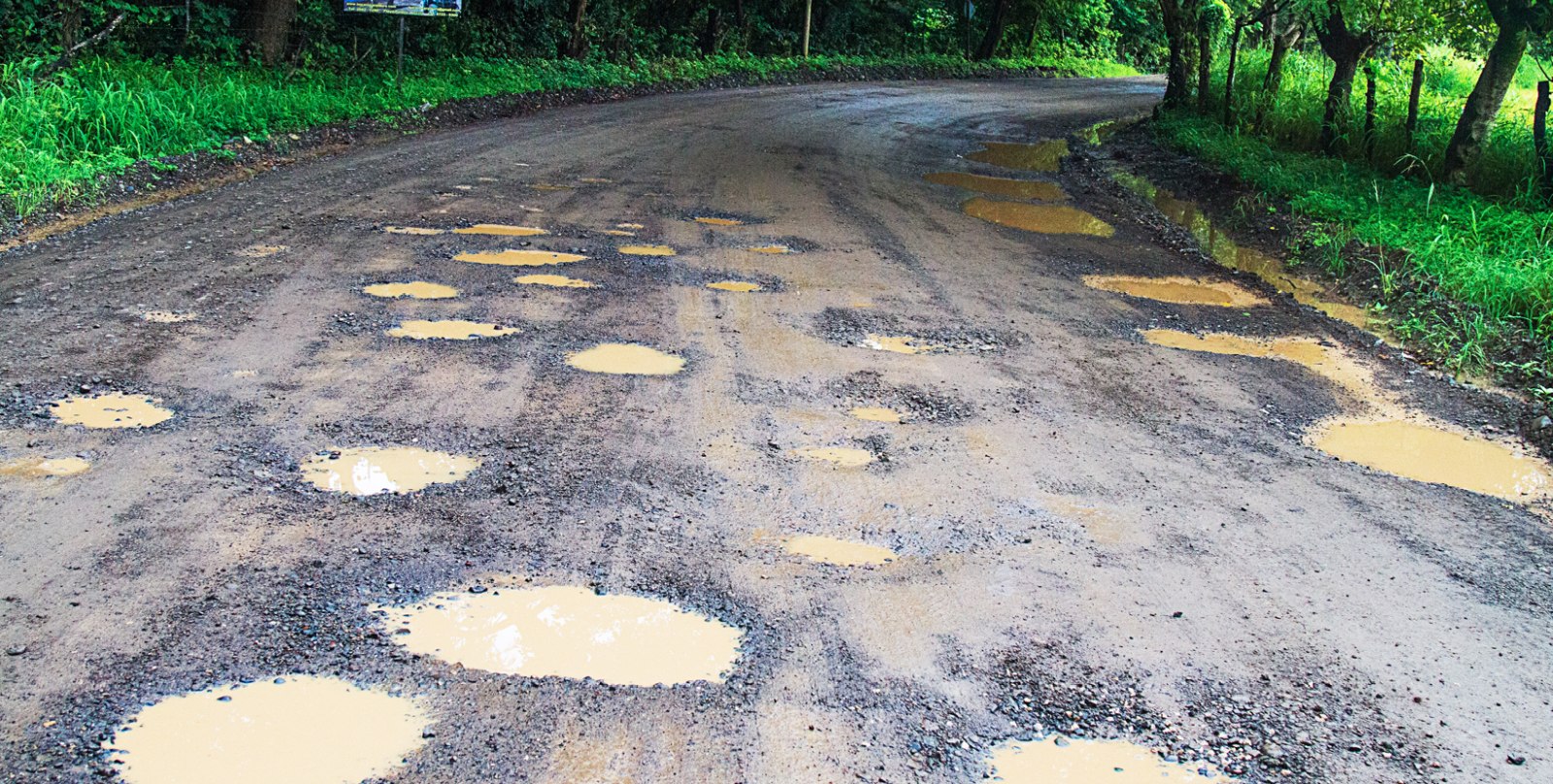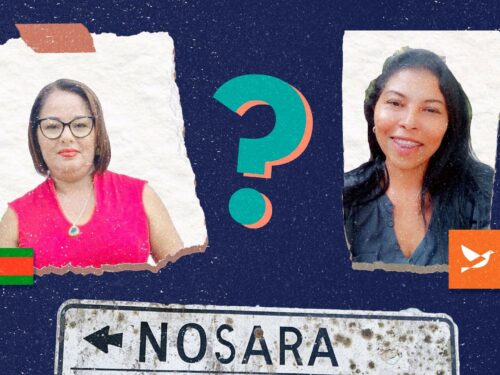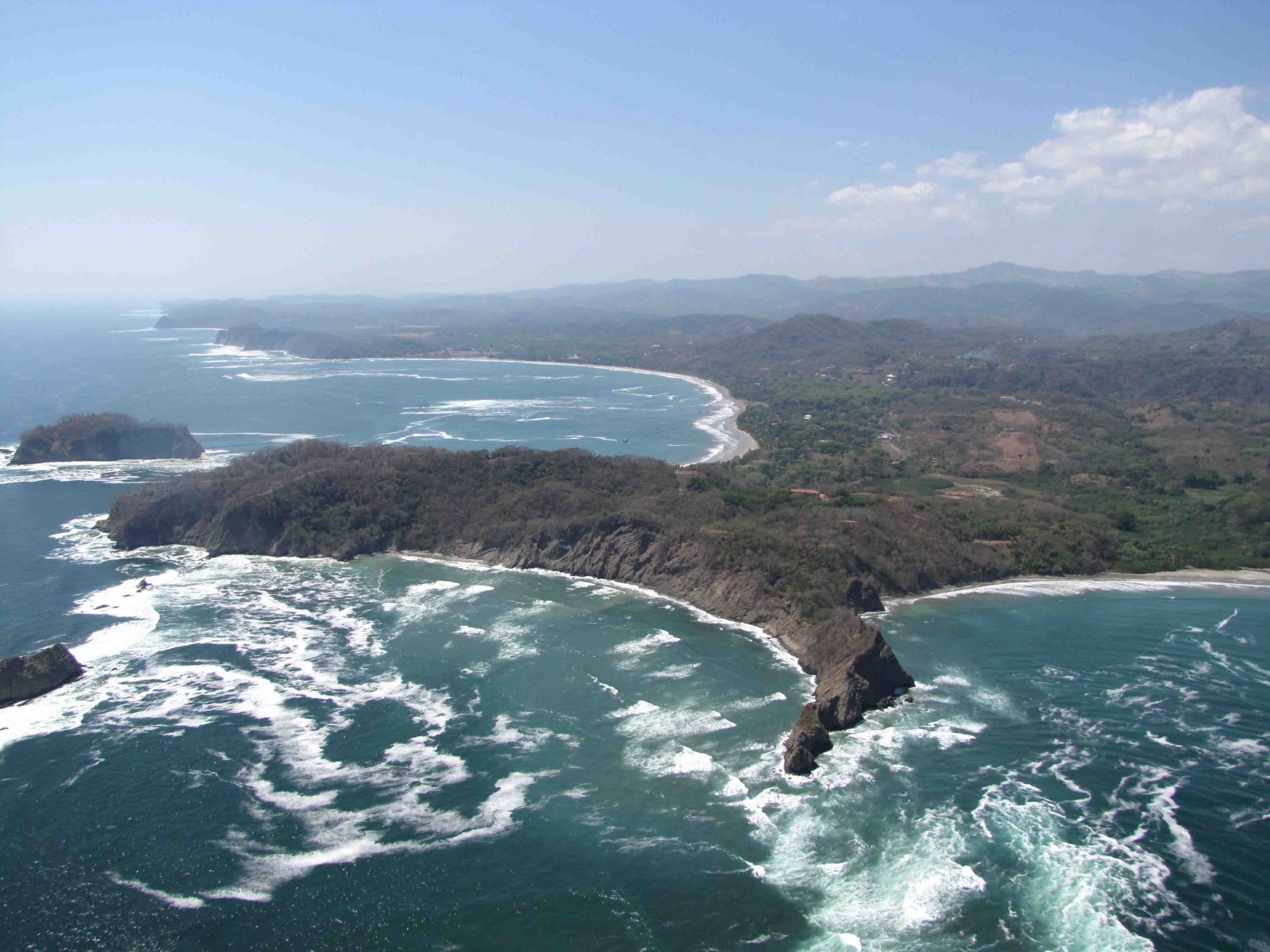
The Nosara Civic Association (NCA) presented a constitutional appeal against the National Roadways Council (CONAVI – Consejo Nacional de Vialidad) due to affects the road has on the health of more than 12 of the district’s families.
The appeal was presented in September of this year and was based on the right to health. It requests the immediate paving of route 160, specifically the 30 kilometers between Nosara and Samara.
According to the World Health Organization (WHO), the right to health obligates governments to create conditions that allow all people to live as healthily as possible. In addition, article 50 of the Political Constitution guarantees that all people have the right to a healthy and ecologically-balanced environment, and allows residents to file official complains against acts that infringe on that right.
Alvin Rosenbaum, NCA’s president, explained that the appeal was presented with the goal of finding a quick solution to the respiratory problems that have affected the district’s residents for years, especially children.
Promises to pave the route go back to the presidencies of Oscar Arias, from 2006 to 2010, Laura Chinchilla Miranda, from 2010 to 2014, and even the recent chief executive Luis Guillermo Solis, who came to Nosara on July 23 on an official visit. During the visit, President Solis committed to paving the route, though he did indicate that it would be difficult to find the resources necessary to do so.
“It’s not an easy project, but we want to do it well. Minister Segnini came yesterday [Tuesday July 22] and viewed the whole highway; he estimated that it will cost $60 million to build the highway, and we can’t find the money overnight,” Solis had explained to a crowd of 500.
But for NCA, another promise and the route’s awful maintenance is a sufficient guarantee that the paving will happen and thus the organization is looking to pressure CONAVI with the appeal.
To support the appeal, Andrea Pignataro, a lawyer contracted by NCA who specializes in civil and commercial law, reported that they used a similar appeal presented in 2013 by residents of Paquiera as a reference. In that case, residents alleged that the dust resulting from the highway’s lack of pavement affected their health. The court ruled in favor of that appeal.
In addition, Rosembaum indicated that they interviewed some twelve families from the district of Nosara that have been affected by respiratory problems in order to document proof of the harm to their health caused by the dust.
Rosenbaum did not rule out the option of resorting to another legal possibility, to approach the Ombudsman with signatures from students at the Serapio Lopez primary school and other Nosaran educational centers.
According to the constitutional court’s press department, once the appeal is received, it will be processed in order to give a ruling most likely in November of this year.

The Route of Dust
National route 160, which starts in Santa Cruz, crosses Nosara and Samara and runs through the entire southwest of Guanacaste’s Pacific coast. It also passes through the communities of Cobano and Paquera before connecting with route 21 in the area of Lepanto.
The route is famous for connecting a number of beautiful beaches. However, it is also known for its unpaved stretches and the clouds of dust kicked up by vehicles travelling on it.
Because of that, in November of 2013, the Constitutional Court accepted an appeal that the students and director of the Rio Grande de Paquera school made against CONAVI, MOPT, the Parish Area of Peninsular Health, and the District of Paquera Municipal Council.
Dust: Nosara’s Historic Enemy
The dust raised during the dry season along the 30 kilometers between Nosara and Samara is a well-known problem for those who travel along route 160.
During the first four months of 2013, there were 187 cases of respiratory illness registered at the EBAIS in Nosara. However, after applying layers of asphalt on some parts of the road, in the same period for this year only 67 cases were reported, which is to say, 120 less.
According to Dr. Sofia Soto, a member of the epidemiological surveillance department of the Nicoya Hospital, dust, when inhaled in large quantities, activates allergens, which are substances that trigger allergies. The allergies can produce rhinitis and cause nasal congestion, sneezing and other symptoms that cause respiratory pathways.
Other patients are affected by asthma attacks upon inhaling large quantities of dust.
In addition to respiratory problems, dust, combined with sweat, can cause atopic dermatitis, a reaction of the skin that involves continuous swelling and redness.







Comments